Artificial intelligence is expected to become a transformation force in the field of health care. So how do doctors and patients benefit from the impact of AI driven tools?
Today's healthcare industry is very mature and can make some major changes. From chronic diseases and cancer to radiology and risk assessment, the healthcare industry seems to have countless opportunities to use technology to deploy more precise, efficient and effective interventions in patient care.
With the development of technology, patients have higher and higher requirements for doctors, and the number of available data continues to grow at an alarming rate. Artificial intelligence will become an engine to promote the continuous improvement of medical care.
Compared with traditional analysis and clinical decision-making technology, artificial intelligence has many advantages. When the learning algorithm interacts with the training data, it can become more accurate, enabling doctors to gain unprecedented insights on diagnosis, nursing process, treatment variability and patient outcomes.
At the 2018 World artificial intelligence medical innovation forum (wmif) held by Partners Healthcare, medical researchers and clinical experts elaborated on the technologies and fields of the medical industry that are most likely to have a significant impact on the adoption of artificial intelligence in the next decade.
Anne kiblanksi, MD, CO chair of wmif in 2018, and Gregg Meyer, MD, chief academic officer of Partners Healthcare, said that this kind of "subversion" brought to every industry area has the potential to bring significant benefits to patients and has broad business success potential.
With the help of experts from partners healthcare, including Dr. Keith Dreyer, Professor of Harvard Medical School (HMS), chief data science officer of partners, and Dr. Katherine andreole, director of research strategy and operations at Massachusetts General Hospital (MGH), proposed 12 ways that AI will revolutionize medical services and science.
1.Unify thinking and machine through brain computer interface
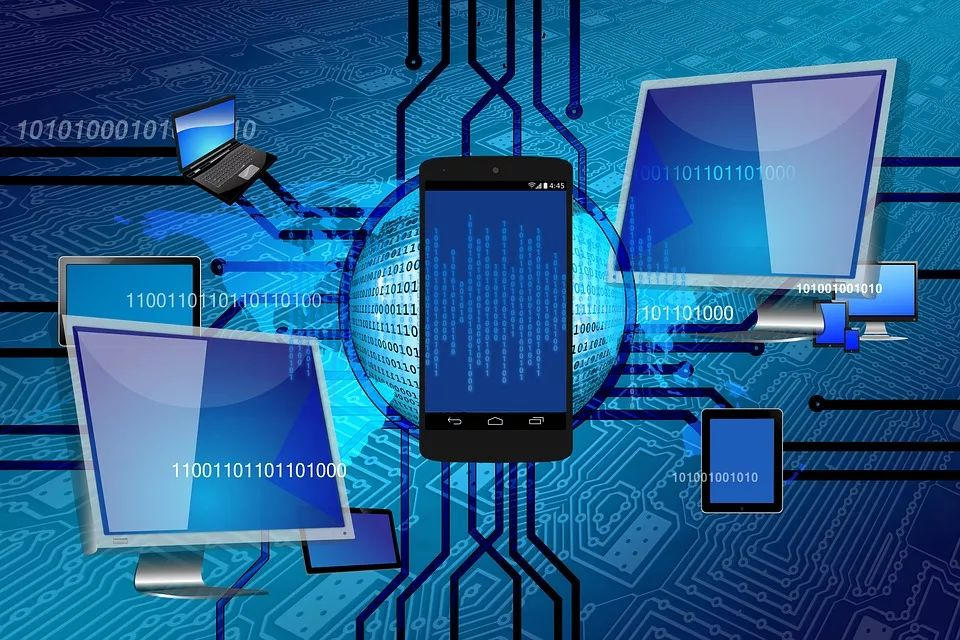
Using computer to communicate is not a new idea, but creating a direct interface between technology and human thinking without keyboard, mouse and display is a frontier research field, which has important application for some patients.
Nervous system diseases and trauma can make some patients lose the ability of meaningful conversation, movement and interaction with others and their environment. Brain computer interface (BCI) supported by artificial intelligence can restore those basic experiences for patients who are worried about losing these functions forever.
"If I see a patient in the neurology intensive care unit who suddenly loses the ability to act or speak, I hope to restore his ability to communicate the next day," said Leigh Hochberg, M.D., director of the center for neurotechnology and neurorehabilitation at Massachusetts General Hospital (MGH). By using brain computer interface (BCI) and artificial intelligence, we can activate the nerves related to hand movement, and we should be able to make the patient communicate with others at least five times during the whole activity, such as using ubiquitous communication technologies such as tablet computers or mobile phones. "
Brain computer interface can greatly improve the quality of life of patients with amyotrophic lateral sclerosis (ALS), stroke or atresia syndrome, as well as 500000 patients with spinal cord injury worldwide every year.
2.Develop the next generation of radiation tools
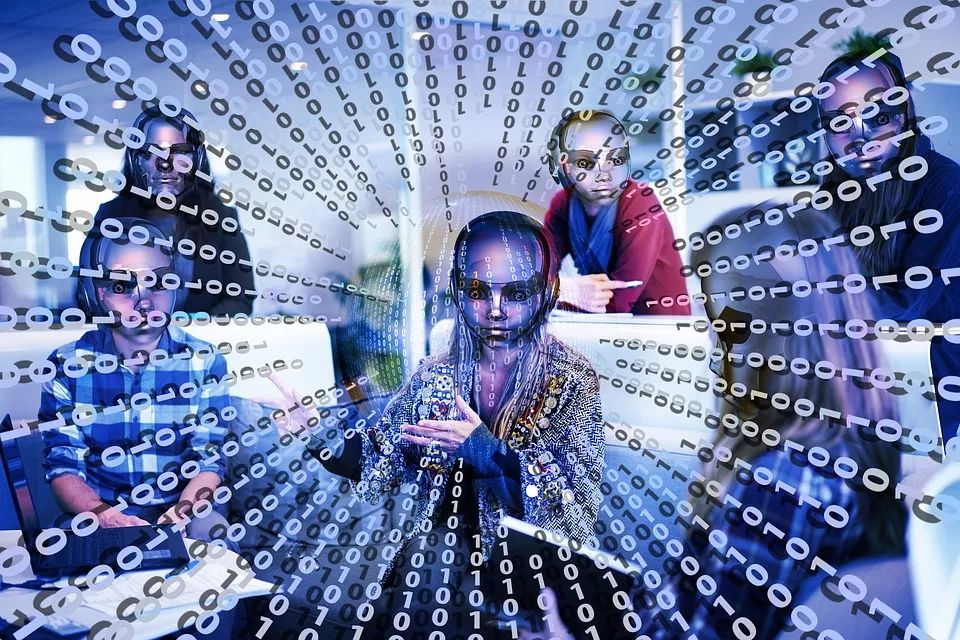
Radiation images obtained by magnetic resonance imaging (MRI), CT scanners, and X-rays provide non-invasive visibility into the interior of the human body. However, many diagnostic procedures still rely on physical tissue samples obtained by biopsy, which has the risk of infection.
Experts predict that in some cases, artificial intelligence will enable the next generation of Radiology tools to be accurate and detailed enough to replace the demand for living tissue samples.
Alexandra golby, MD, director of image-guided neurosurgery at Brigham women's Hospital (BWh), said, "we want to bring the diagnostic imaging team together with surgeons or interventional radiologists and pathologists, but it's a huge challenge for different teams to achieve cooperation and consistency of goals. If we want radiology to provide the information currently available from tissue samples, then we will have to be able to achieve very close standards in order to know the basic facts of any given pixel. "
Success in this process may enable clinicians to more accurately understand the overall performance of the tumor, rather than making treatment decisions based on a small part of the attributes of the malignant tumor.
AI can also better define the invasiveness of cancer, and more appropriately determine the treatment target. In addition, artificial intelligence is helping to realize "virtual biopsy" and promote innovation in the field of Radiology, which is committed to using image-based algorithms to characterize the phenotypic and genetic characteristics of tumors.
3.Expand medical services in underserved or developing areas
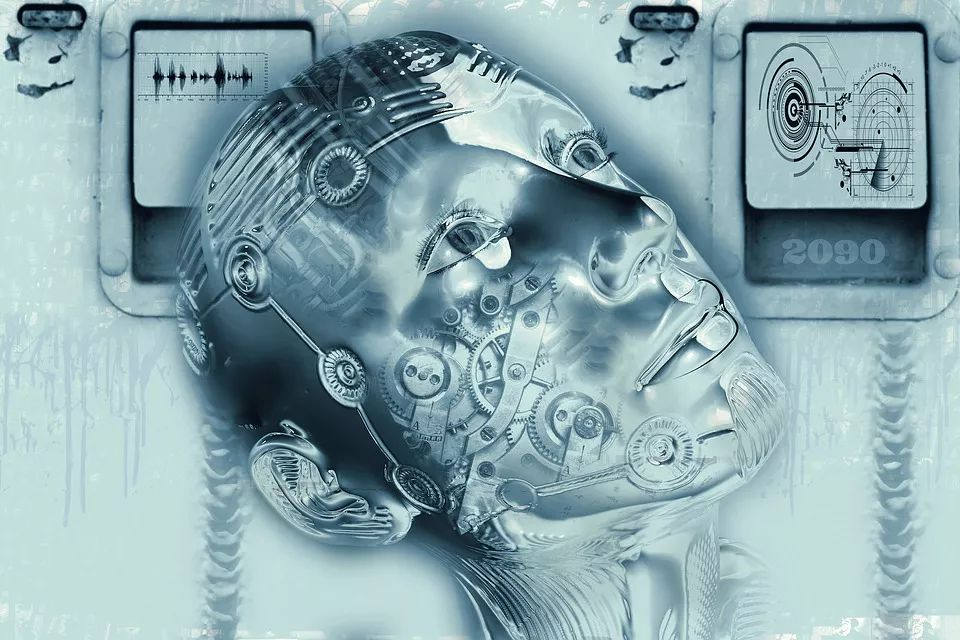
The lack of trained health care providers in developing countries, including ultrasound technicians and radiologists, will greatly reduce the chances of using medical services to save patients' lives.
The meeting pointed out that there are more radiologists working in six hospitals in Boston with the famous Longwood Avenue than in all hospitals in West Africa.
Artificial intelligence can help mitigate the impact of a critical shortage of clinicians by taking over some of the diagnostic responsibilities normally assigned to humans.
For example, an AI imaging tool can use chest X-rays to examine the symptoms of tuberculosis, usually with the same accuracy as a doctor. This feature can be deployed through an application for providers in resource poor areas, reducing the need for experienced diagnostic radiologists.
"This technology has great potential to improve healthcare," said Dr. jayashree kalpathy Cramer, assistant neuroscience and associate professor of Radiology at Massachusetts General Hospital (MGH)
However, AI algorithm developers must carefully consider the fact that people of different nationalities or regions may have unique physiological and environmental factors, which can affect the performance of the disease.
"For example, the population affected by disease in India may be very different from that in the United States," she said. When we develop these algorithms, it is very important to ensure that the data represents the disease presentation and the diversity of the population. We can not only develop algorithms based on a single population, but also hope that it can play a role in other populations. "
4.Reduce the use burden of electronic health records
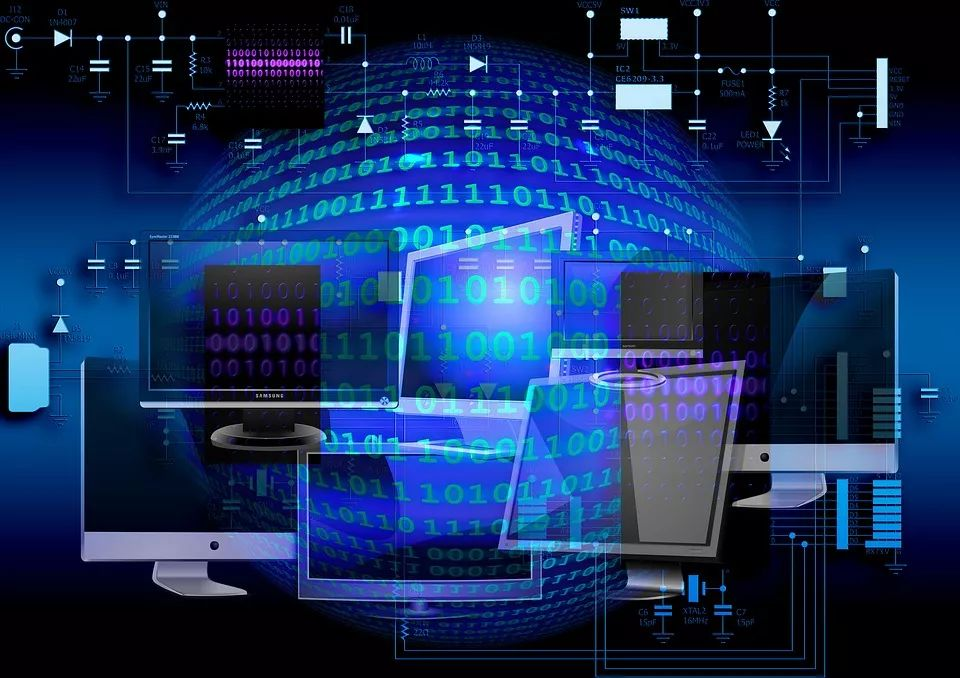
Electronic health record (her) has played an important role in the digital journey of healthcare industry, but this transformation has brought numerous problems related to cognitive overload, endless documents and user fatigue.
Electronic health record (her) developers are now using artificial intelligence to create a more intuitive interface and automate routines that take a lot of user time.
Dr. Adam Landman, vice president and chief information officer of Brigham health, said users spend most of their time on three tasks: clinical documentation, order entry, and sorting their inboxes. Speech recognition and dictation can help improve clinical document processing, but natural language processing (NLP) tools may not be enough.
"I think it may be necessary to be more bold and consider some changes, such as using video recording for clinical treatment, just like police wearing cameras," said Landman. Artificial intelligence and machine learning can then be used to index these videos for future retrieval. Just like Siri and Alexa, who use artificial intelligence assistants at home, virtual assistants will be brought to patients' bedside in the future, allowing clinicians to use embedded intelligence to enter medical orders. "
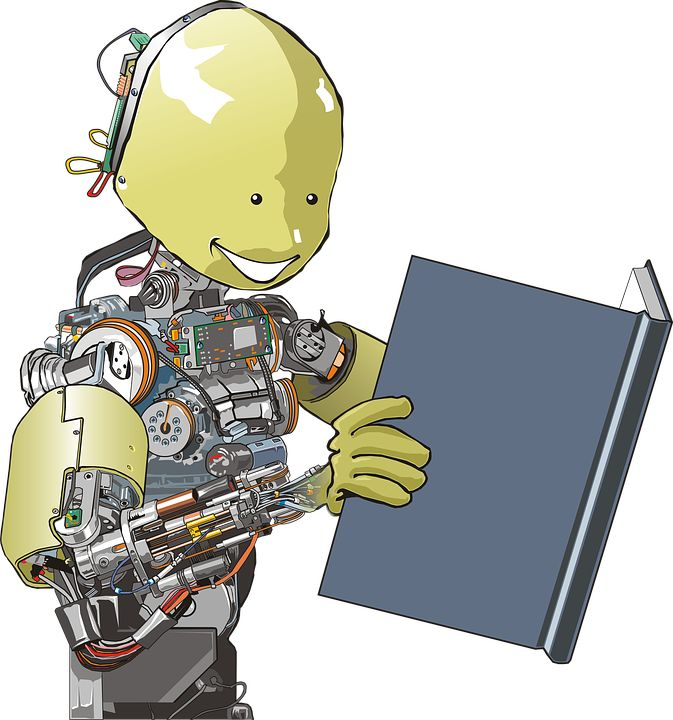
AI can also help handle routine requests from inboxes, such as drug supplements and notification of results. It may also help to prioritize tasks that really need clinicians' attention, making it easier for patients to process their to-do lists, Landman added.
5.Risk of antibiotic resistance
Antibiotic resistance is a growing threat to humans, because overuse of these key drugs can lead to the evolution of superbacteria that no longer respond to treatment. Multi drug resistant bacteria may cause serious damage in the hospital environment, killing tens of thousands of patients every year. Clostridium difficile alone costs about $5 billion a year to the U.S. health care system and causes more than 30000 deaths.
The EHR data helps to identify infection patterns and highlight the risk before the patient begins to show symptoms. Using machine learning and artificial intelligence tools to drive these analyses can improve their accuracy and create faster and more accurate alerts for healthcare providers.
"Artificial intelligence tools can meet expectations for infection control and antibiotic resistance," said Dr. Erica Shenoy, deputy director of infection control at Massachusetts General Hospital (MGH). If they don't, then everyone will fail. Because hospitals have a lot of EHR data, if they don't make full use of them, if they don't create industries that are smarter and faster in clinical trial design, and if they don't use EHRs that create these data, they will face failure. "
6.Create more accurate analysis for pathological images
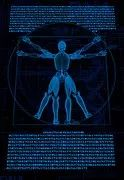
Dr. Jeffrey golden, head of pathology department at Brigham women's Hospital (BWh) and professor of pathology at HMS, said that pathologists provide one of the most important sources of diagnostic data for a full range of medical service providers.
"70% of healthcare decisions are based on pathological results, and between 70% and 75% of all data in EHRs come from pathological results," he said. And the more accurate the results are, the sooner the correct diagnosis will be made. This is the goal that digital pathology and artificial intelligence have a chance to achieve. "
Deep pixel level analysis on large digital images enables doctors to recognize subtle differences that may escape human eyes.
"We have now come to the point where we can better assess whether cancer will develop rapidly or slowly, and how to change the treatment of patients based on algorithms rather than clinical stages or histopathological grading," said golden. It's going to be a huge step forward. "
He added, "AI can also improve productivity by identifying features of interest in slides before clinicians review the data. AI can filter through slides and guide us to see the right content so that we can assess what is important and what is not. This improves the efficiency of the use of pathologists and increases the value of their study of each case. "
Bring intelligence to medical devices and machines

Smart devices are taking over consumer environments and provide devices ranging from real-time video inside the refrigerator to cars that detect driver distraction.
In a medical environment, intelligent devices are essential to monitoring patients in ICUs and elsewhere. The use of artificial intelligence to enhance the ability to identify deterioration of the condition, such as indicating that sepsis is developing, or the perception of complications can significantly improve results and may reduce treatment costs.
"When we talk about integrating different data across the healthcare system, we need to integrate and alert ICU doctors to intervene as early as possible, and that the aggregation of these data is not a good thing that human doctors can do," said mark Michalski, executive director of the clinical data Science Center at BWh. Inserting smart algorithms into these devices reduces the cognitive burden on doctors and ensures that patients are treated as promptly as possible. "
8.promoting immunotherapy for cancer treatment
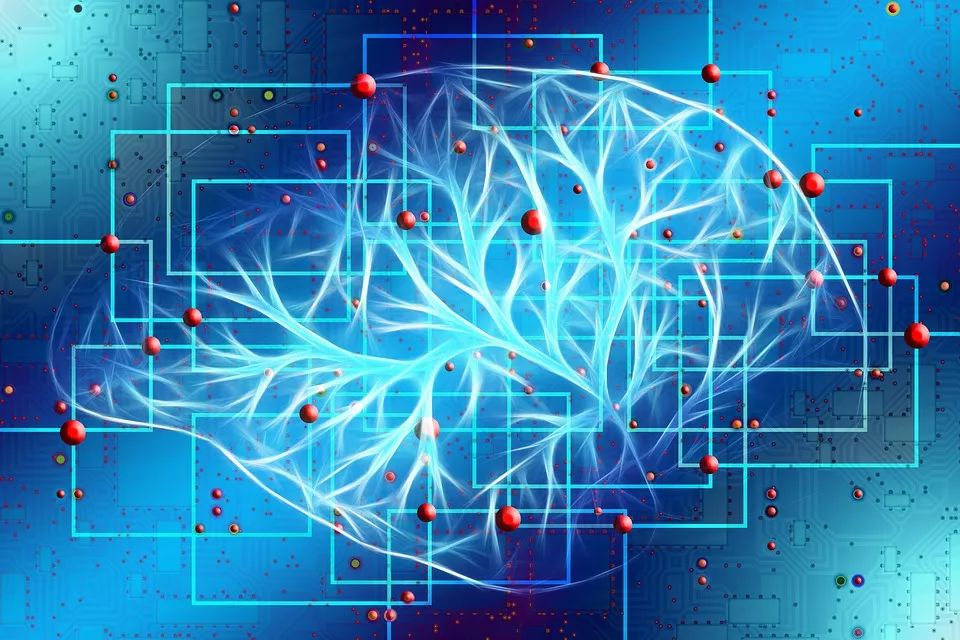
Immunotherapy is one of the most promising ways to treat cancer. By using the body's own immune system to attack malignant tumors, patients may be able to overcome stubborn tumors. However, only a few patients respond to the current immunotherapy regimen, and oncologists still do not have a precise and reliable method to determine which patients will benefit from the regimen.
Machine learning algorithms and their ability to synthesize highly complex data sets may be able to elucidate the unique gene composition of individuals and provide new options for targeted therapy.
"Recently, the most exciting development has been checkpoint inhibitors, which block proteins produced by certain immune cells," explains Dr. long Le, director of computational pathology and technology development at the Massachusetts General Hospital (MGH) comprehensive diagnostic center. But we still don't understand all the problems, which is very complicated. We definitely need more patient data. These treatments are relatively new, so not many patients actually take them. Therefore, whether we need to integrate data within an organization or across multiple organizations, it will be a key factor in increasing the number of patients to drive the modeling process. "
9.Turn electronic health records into reliable risk predictors

Electronic health record (her) is a treasure of patient data, but it is a constant challenge for providers and developers to extract and analyze a large amount of information in an accurate, timely and reliable way.
Data quality and integrity problems, coupled with data format confusion, structured and unstructured input and incomplete records, make it difficult for people to accurately understand how to carry out meaningful risk stratification, predictive analysis and clinical decision support.
Dr. Ziad OBERMEYER, assistant professor of emergency medicine at Brigham women's Hospital (BWh) and assistant professor at Harvard Medical School (HMS), said, "there's some hard work to do to integrate data into one place. But another problem is to understand what people get when they predict a disease in the electronic health record (her). People may hear that artificial intelligence algorithms can predict depression or stroke, but find that they are actually predicting an increase in the cost of stroke. It's very different from the stroke itself. "
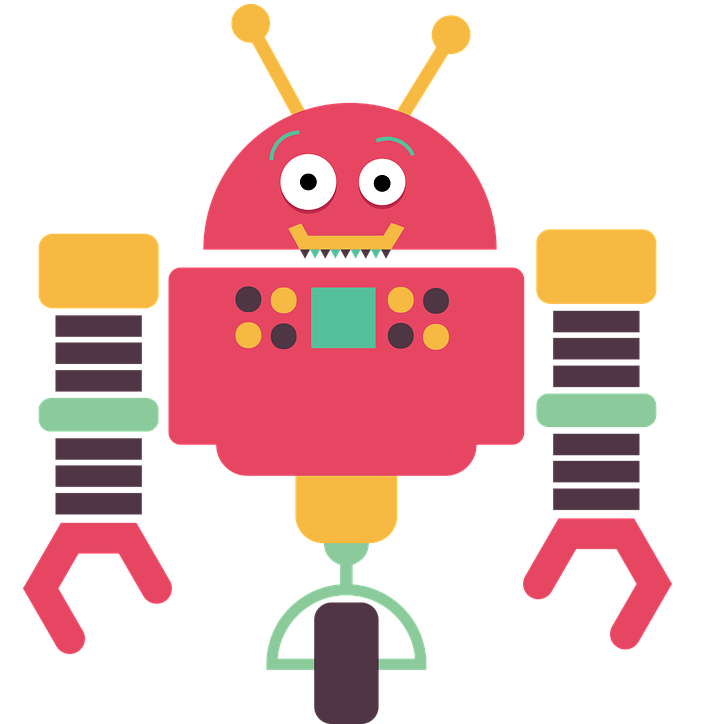
He continued, "relying on MRI results seems to provide a more specific data set. But now we have to think about who can afford MRI? So the final prediction is not the expected result. "
NMR analysis has produced many successful risk scoring and stratification tools, especially when researchers use deep learning techniques to identify new connections between seemingly unrelated data sets.
However, OBERMEYER believes that ensuring that these algorithms do not identify the biases hidden in the data is crucial for deploying tools that can truly improve clinical care.
"The biggest challenge is to make sure we know exactly what we predicted before we start opening the black box and looking at how to predict," he said
10.Monitoring health status through wearable devices and personal devices
Almost all consumers can now use sensors to collect data about health value. From smartphones with step tracker to wearable devices that track heart rate all day, more and more health-related data can be generated at any time.
Collecting and analyzing these data and supplementing the information provided by patients through applications and other home monitoring devices can provide a unique perspective for individual and crowd health.
AI will play an important role in extracting actionable insights from this large and diverse database.
But Dr. Omar arnout, a neurosurgeon at the Brigham women's Hospital (BWh), CO director of the center for computational neuroscience results, said it may take additional work to help patients adapt to this intimate, ongoing monitoring data.
"We used to be quite free to process digital data," he said. But as data leaks occur at Cambridge analytics and Facebook, people will be more and more cautious about who to share what data they share. "
Patients tend to trust their doctors more than big companies like Facebook, he added, which could help ease the discomfort of providing data for large-scale research programs.
"It is likely that wearable data will have a significant impact because people's attention is very accidental and the data collected is very rough," arnout said. By continuously collecting granular data, data is more likely to help doctors better care for patients. "
11.make smart phones a powerful diagnostic tool
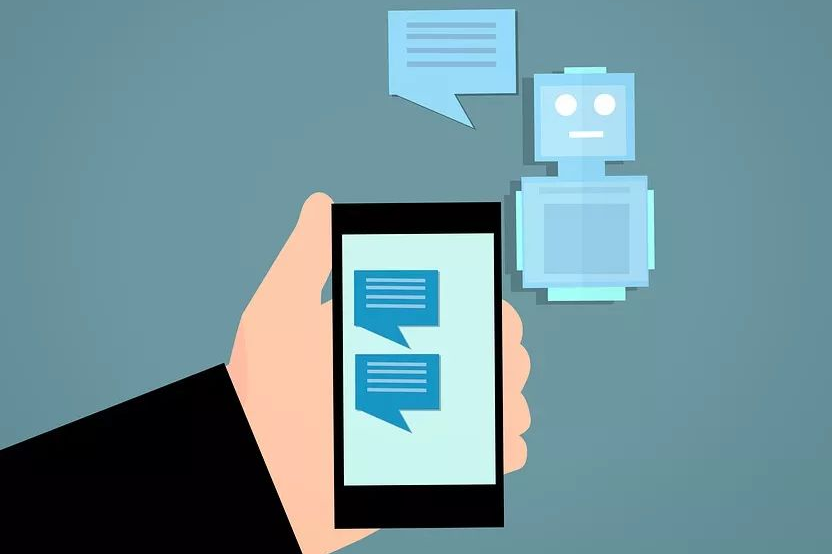
Experts believe that images obtained from smart phones and other consumer level resources will become an important supplement to clinical quality imaging, especially in underserved areas or developing countries, by continuing to use the powerful functions of portable devices.
The quality of mobile camera is improving every year, and it can generate images that can be used for AI algorithm analysis. Dermatology and ophthalmology are early beneficiaries of this trend.
British researchers have even developed a tool to identify developmental diseases by analyzing images of children's faces. The algorithm can detect discrete features, such as children's mandible line, the position of eyes and nose, and other attributes that may indicate facial abnormalities. At present, the tool can match common images with more than 90 diseases to provide clinical decision support.
Dr Hadi shafiee, director of the micro / nano medicine and digital health laboratory at Brigham women's Hospital (BWh), said: "most people are equipped with powerful mobile phones with many different sensors built in. It's a great opportunity for us. Almost all industry players have started to build Ai software and hardware in their devices. It's not a coincidence. In our digital world, more than 2.5 million terabytes of data are generated every day. In the field of mobile phones, manufacturers believe that they can use this data for artificial intelligence to provide more personalized, faster and more intelligent services. "
Using smart phones to collect images of patients' eyes, skin lesions, wounds, infections, drugs or other subjects may help address the shortage of experts in underserved areas, while reducing the time to diagnose certain complaints.
"There may be some major events in the future, and we can take advantage of this opportunity to solve some important problems of disease management in the care point," shafiee said
12.Innovating clinical decision making with bedside AI
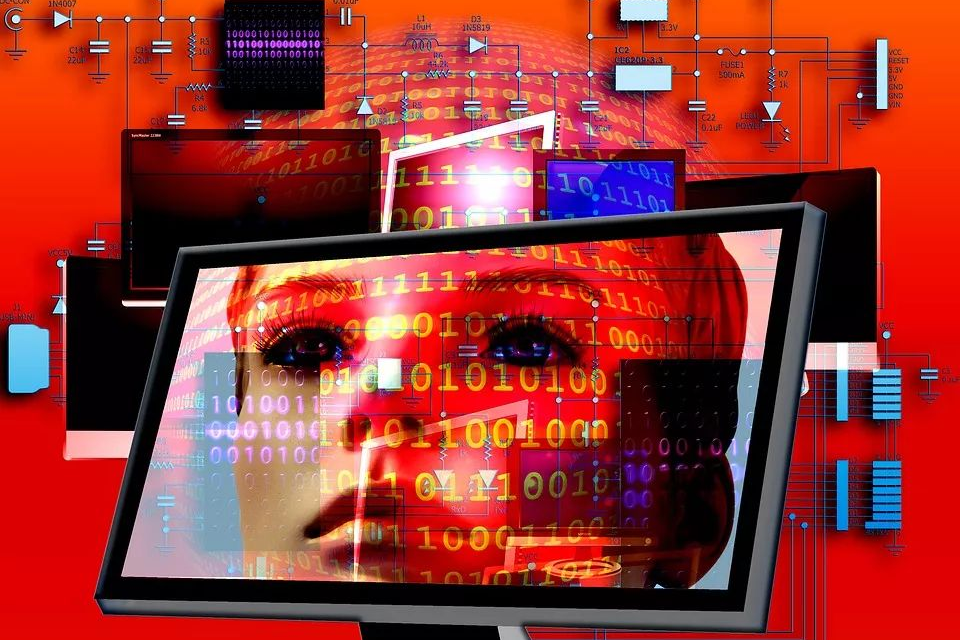
As the healthcare industry turns to fee based services, it is increasingly away from passive healthcare. Prevention before chronic disease, acute disease events and sudden deterioration is the goal of each provider, and the compensation structure ultimately allows them to develop processes that can achieve active and predictive intervention.
Artificial intelligence will provide many basic technologies for this evolution, by supporting predictive analysis and clinical decision support tools, to solve problems before providers realize the need to take action. Artificial intelligence can provide early warning for epilepsy or sepsis, which usually requires in-depth analysis of highly complex data sets.
Brandon Westover, M.D., director of clinical data at Massachusetts General Hospital (MGH), said machine learning could also help support the continued provision of care for critically ill patients, such as those in coma after cardiac arrest.
He explained that under normal circumstances, doctors have to check the EEG data of these patients. This process is time-consuming and subjective, and the results may vary with the skills and experience of clinicians.
He said“ In these patients, the trend may be slow. Sometimes when doctors want to see if someone is recovering, they may look at data monitored once every 10 seconds. However, to see if it has changed from 10 seconds of data collected in 24 hours is like looking at if the hair has grown in the meantime. However, if artificial intelligence algorithms and large amounts of data from many patients are used, it will be easier to match what people see with long-term patterns, and some subtle improvements may be found, which will affect doctors' decision-making in nursing. "
Using artificial intelligence technology for clinical decision support, risk scoring and early warning is one of the most promising development areas of this revolutionary data analysis method.
By providing power for a new generation of tools and systems, clinicians can better understand the nuances of illness, provide nursing services more effectively, and solve problems in advance. Artificial intelligence will usher in a new era of improving the quality of clinical treatment, and make exciting breakthroughs in patient care.
Post time: Aug-06-2021




